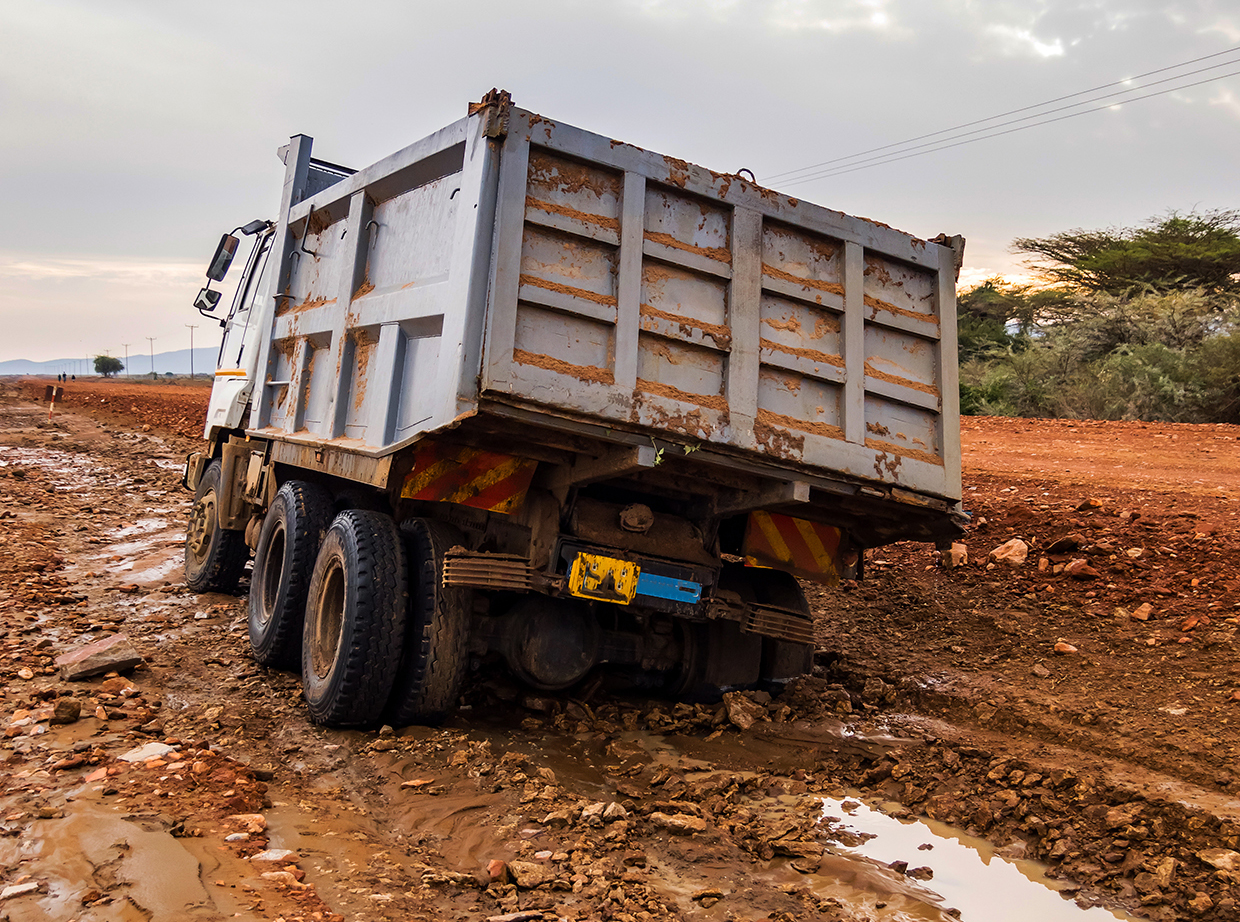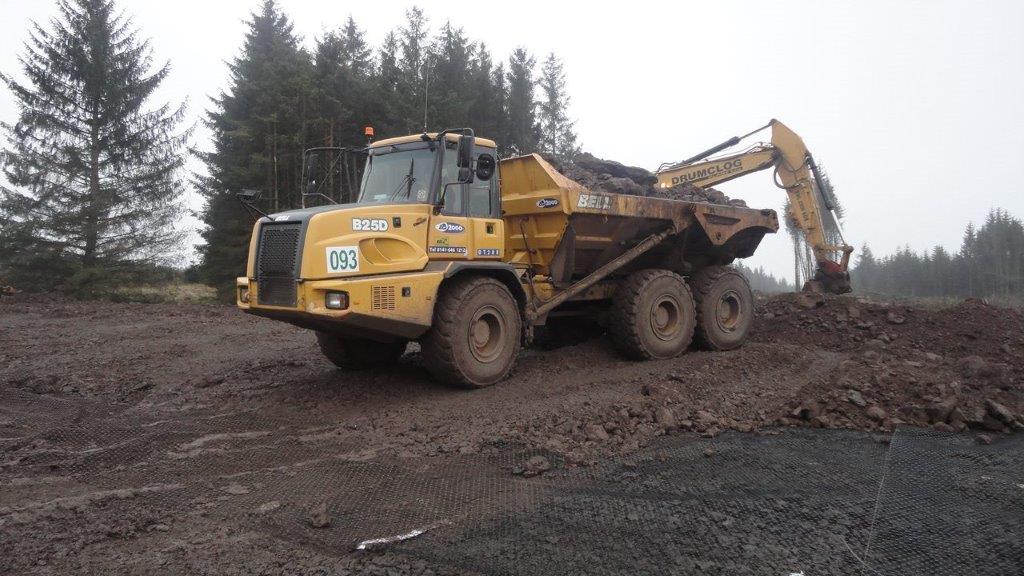Time to prepare for wet weather construction
by Jonathan Cook, on November 18, 2021
Good news and bad news
The good news is that after months of suppressed demand across Europe due to Covid-19, construction activity is slowly increasing. The bad news is that materials costs are now set to rise. Supply chains and logistics have been disrupted and the massive spike in oil prices has affected costs for every manufacturer and construction company.
Bad weather implications
In the UK, according to the IHS Markit/CIPS Purchasing Managers’ Index, construction activity in October saw a continuation of nine months modest growth. There are, however, implications as we enter the wet and cold winter months. Construction News quotes Max Jones, a director in Lloyds Bank infrastructure and construction team: “Despite another month of output growth, the reality is beginning to bite for contractors as they face the challenges winter brings and adjust to a future without state support. What will become evident is which contractors have underbid and overpromised on contracts as they find their budgets don’t cover the rising costs of supplies”.
Winter conditions can bog down any project
Winter conditions bring particular problems for contractors needing to construct access roads, platforms and trafficked areas over silt or clay soils. Ground that was perfectly workable just days before can become saturated and weak following prolonged rainfall, or after freeze-thaw cycles. Earthworks operations can quickly become quagmires and previously-functioning access roads and platforms can rut and turn to mud, slowing down vehicles and impacting on construction programmes. In the past, laying more and more aggregate to form a thicker stronger platform would have been an answer, but with high aggregate, transport and environmental costs, this puts pressure on construction budgets and eats into the profit margins.

Saturated ground turning into mud, slowing down vehicles and impacting on construction programmes.
One way to stay out of the mud
One proven solution, that avoids the use of increased aggregates - and in fact can enable a reduction in aggregate use - is to incorporate a geogrid to stabilise the aggregate layer and increase bearing capacity. Tensar geogrid placed over the subgrade or within the aggregate layer, can reduce aggregate volumes by up to 50%, as well as offering a reduction in the associated carbon costs.

Keep your project on time and on budget with Tensar's proven solutions.
Big hit or quick win?
Access roads, storage areas and working platforms are all non-value-added construction. They are necessary to complete the works, but are not valued - or directly paid for - by the client. Relatively small variations in the budgeted costs of non-value-added items on a project have a disproportional, negative effect on a contractors’ profitability. If the thickness of an access road has to be increased to compensate for bad weather, the extra costs come straight off the bottom line. Alternatively, any saving in the construction cost of access roads and working platforms is a quick win for the contractor, delivering improved profitability.
Doing well by doing good
Reducing the carbon footprint whilst maintaining stable, safe, and clean access around the site, whatever the weather, makes a big contribution to keeping any project to true to environmental goals, on track and on budget.
Making a difference, NOW...
All of these applications for geogrids have been tested, trialled and proven in real use. These solutions are available now and are being used in rail networks. Engineers understand that in order to achieve the high-level objectives discussed above, it is not good enough to simply continue with traditional methods and technologies. Every decision in design, construction and maintenance has to be tested against the new targets. Tools that help deliver efficiency, sustainability and resilience have to be employed now.



.jpg?width=400&height=400&ext=.jpg)